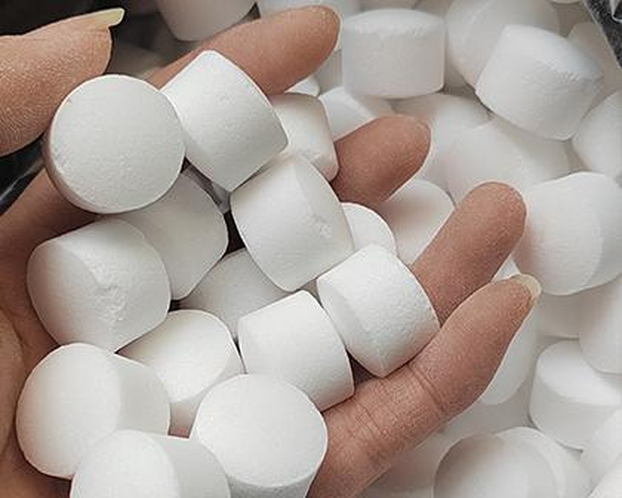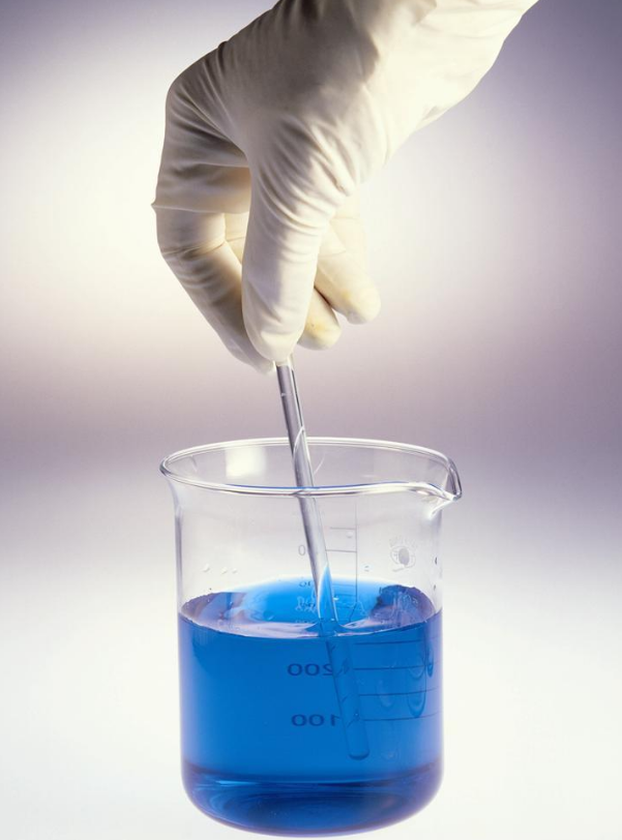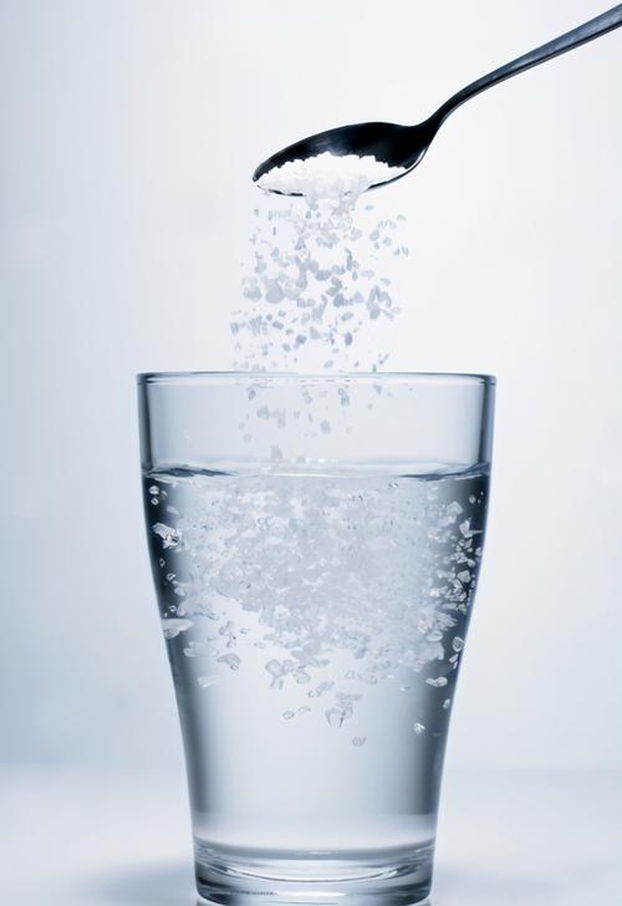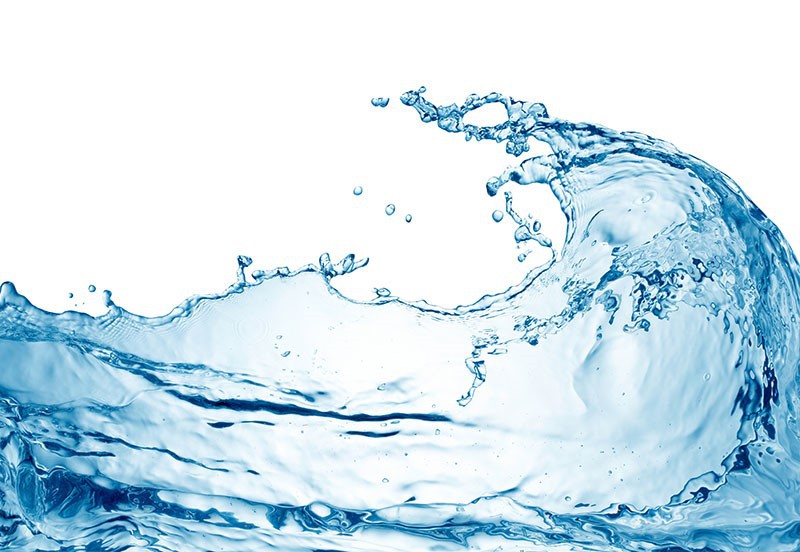The process of ion desalting is actually a continuous cycle of ion exchange adsorption, saturation, regeneration and re-input exchange adsorption, which completes the process of desalting and produces acid-base wastewater. After exchange, ions are discharged along with the acid-base wastewater in the regeneration process. The effect of the regeneration process will directly reflect the water production cost of the system, and how to increase the periodic water production. Reducing the operating cost of the system, under the same water intake conditions, the regeneration effect is good or bad, plays a key role. Factors affecting the regeneration of ion exchange equipment According to the summary of personal experience, there are mainly the following five aspects:

Variety and purity of regenerative agents
The variety and purity of the regenerant directly affect the regeneration effect and cost, taking strong acidic cation exchange resin as an example, the regeneration effect of hydrochloric acid is obviously better than that of sulfuric acid, but the price of hydrochloric acid is relatively higher than that of sulfuric acid, if the conditions of operation can be properly treated, such as concentration and flow rate, it can also achieve better regeneration effect and lower cost. Therefore, the design is selected according to the specific conditions of the project; The purity of the regenerant, that is, the amount of impurities in the regenerant, has a greater impact on the regeneration effect of the exchange resin and the water quality after regeneration, the purity of the regenerant, the degree of resin regeneration, and the water quality after regeneration.
In the countercurrent regeneration method, the purity of regenerant has more significant influence on the regeneration effect, and the purity of regenerant has more influence on the anion resin than that on the cationic resin.
The amount of regenerant
The amount of regenerant directly affects the working exchange capacity of the regenerated resin and the cost of water treatment. In general, the more the amount of regenerant, the greater the working exchange capacity of the resin. However, after the amount of regenerant increases to a certain extent, the capacity of work exchange is less and less, so it is necessary to determine the appropriate regeneration conditions and regeneration dose according to the effluent water quality requirements and the specific situation of the water treatment system, according to the process performance of the resin or through the commissioning of the system before putting in.


The concentration of regenerated liquid
When the amount of regenerant is fixed, the greater the concentration of regenerant (within a certain range), the greater the degree of resin regeneration, but the excessive concentration of regenerant leads to a reduction in volume, and it is difficult to evenly contact the resin and maintain a long enough contact time.
The concentration of regenerated liquid is related to the regeneration method, and the concentration of regenerated liquid is generally the concentration of regenerated liquid in the downstream regenerated fixed bed and mixed bed, and the concentration of regenerated liquid in the countercurrent regenerated fixed bed.
The concentration of the regenerated liquid is related to the variety of the regenerated agent and the form of the regenerated resin.
Regeneration liquid temperature
The temperature of the regenerated liquid affects the diffusion rate and film diffusion rate of the resin during the regeneration process, so the temperature of the regenerated liquid has a certain effect, but the regeneration temperature can not be allowed to use the resin temperature, otherwise it will affect the service life of the resin or even scrap.
Generally, there is no need to heat the regeneration of strong acidic cationic resin with hydrochloric acid. When iron ions and oxides in the resin need to be removed, the temperature of hydrochloric acid can be raised to 40℃. The temperature of strong basic anion exchange resin using caustic soda as regeneration liquid has no significant effect on the regeneration efficiency of resin adsorbing chlorine, sulfate and bicarbonate. However, it has great influence on the regeneration efficiency of silicic acid and the leakage of silica in the regenerated resin layer.
The regeneration liquid temperature suitable for strong base type I anion exchange resin is 35℃-50℃, and the regeneration liquid temperature (replacement water temperature) suitable for strong base type II anion exchange resin is 35+3℃


Flow rate of regeneration liquid
The flow rate of the regenerated liquid affects the contact time between the regenerated agent and the resin. Under certain conditions, the flow rate of the regenerated liquid is inversely proportional to the time, and the flow rate of the regenerated liquid affects the displacement rate of the regenerated ions in the resin layer and the utilization efficiency of the regenerated liquid. Therefore, the regeneration effect is directly related to the regeneration flow rate, but the lower the flow rate is not the better. The regeneration rate of cation exchange resin can be higher than that of anion exchange resin. The regeneration flow rate of regenerated liquid or replacement water for countercurrent regeneration should be based on the premise that the resin layer is not disturbed. 4-8m/h is recommended, and the regeneration time is not less than 30min.
Resin regeneration water rate
The self-use water rate of ion exchange tower regeneration is an important parameter in water treatment design, which directly affects the correct selection of equipment and pipeline.


